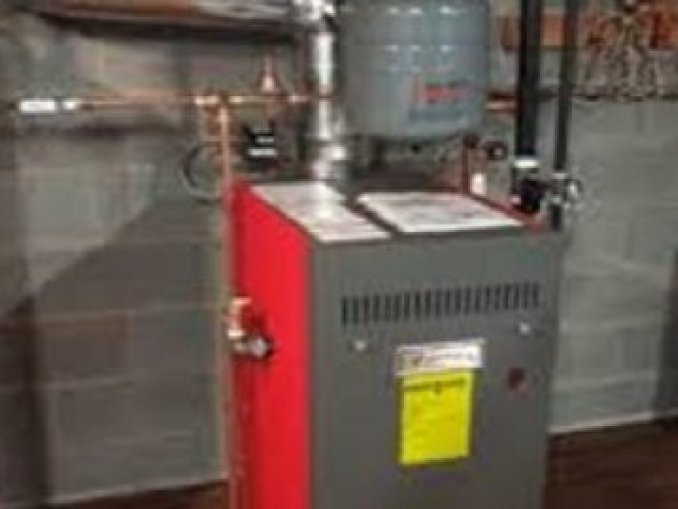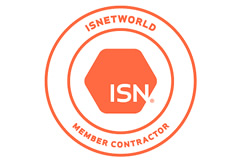Furnaces and Boilers

Although older fossil fuel furnace and boiler systems have efficiencies in the range of 56% to 70%, modern conventional heating systems can achieve efficiencies as high as 98.5%, converting nearly all the fuel to useful heat for your home. Energy efficiency upgrades and a new high-efficiency heating system can often cut your fuel bills and your furnace’s pollution output in half. Upgrading your furnace or boiler from 56% to 90% efficiency in an average cold-climate house will save 1.5 tons of carbon dioxide emissions each year if you heat with natural gas, or 2.5 tons if you heat with oil.
If your furnace or boiler is old, worn out, inefficient, or significantly oversized, the simplest solution is to replace it with a modern high-efficiency model. Old coal burners that were switched over to oil or gas are prime candidates for replacement, as well as natural gas furnaces with pilot lights rather than electronic ignitions. Newer systems may be more efficient but are still likely to be oversized, and can often be modified to reduce their operating capacity.
Before buying a new furnace or boiler or modifying your existing unit, it is suggested that you first improve the energy efficiency of your home by adding insulation and/or new energy-efficient windows, then have a heating contractor size your furnace. Energy-efficiency improvements will save money on a new furnace or boiler, because you can purchase a smaller unit. A properly sized furnace or boiler will operate most efficiently, and you’ll want to choose a dependable unit and compare the warranties of each furnace or boiler you’re considering.
When shopping for high-efficiency furnaces and boilers, look for the ENERGY STAR® label. If you live in a cold climate, it usually makes sense to invest in the highest-efficiency system. In milder climates with lower annual heating costs, the extra investment required to go from 80% to 90% to 95% efficiency may be hard to justify. However, keep in mind that higher efficiency units will have lower emissions than units in the 80% range.
Specify a sealed combustion furnace or boiler, which will bring outside air directly into the burner and exhaust flue gases (combustion products) directly to the outside, without the need for a draft hood or damper. Furnaces and boilers that are not sealed-combustion units draw heated air into the unit for combustion and then send that air up the chimney, wasting the energy that was used to heat the air. Sealed-combustion units avoid that problem and also pose no risk of introducing dangerous combustion gases into your house. In furnaces that are not sealed-combustion units, back drafting of combustion gases can be a big problem.
High-efficiency sealed-combustion units generally produce an acidic exhaust gas that is not suitable for old, unlined chimneys, so the exhaust gas should either be vented through a new duct or the chimney should be lined to accommodate the acidic gas (see the section on maintaining proper ventilation below).

Furnaces and Boilers
Most Americans heat their homes with a furnace or boiler, and high-efficiency models of all types of furnaces and boilers are available. Is it time…
If you have any question please CONTACT Us Email us at: infohouston@macco.com Call US :(936) 588-1888
Don’t Forget to Visit our Services






